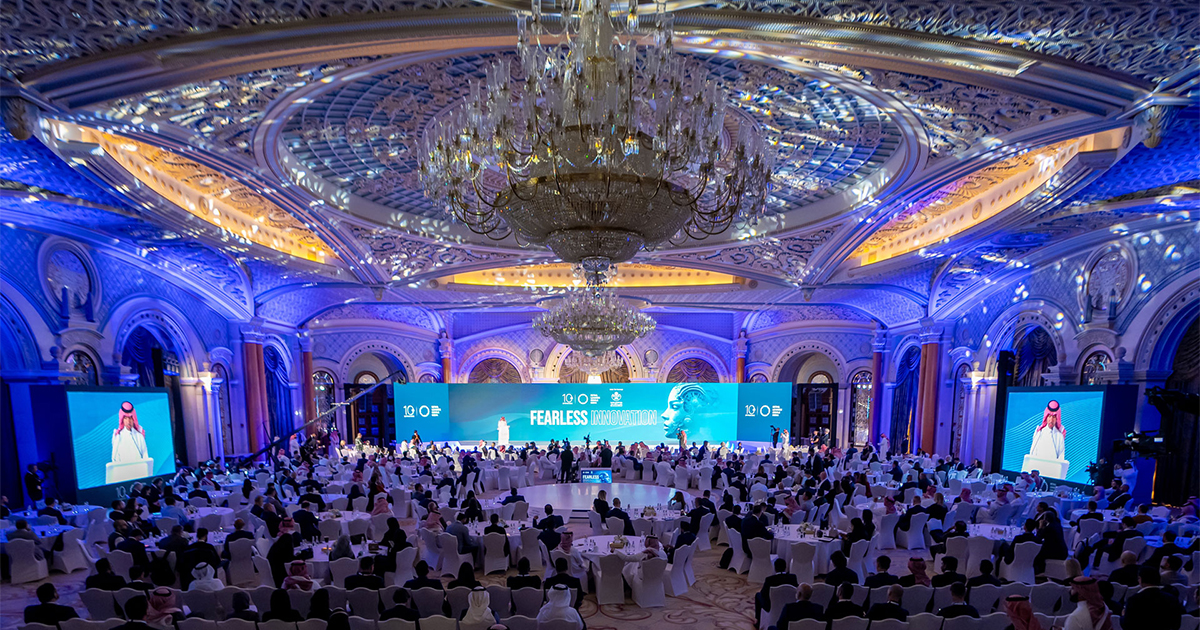Recent insights reveal a significant gap between the pace of technological advancements within the retail sector and the rising demands of consumers, particularly in the Saudi market.
Dina Al Sabbagh, Research & Insights Lead at Snap Inc. and Mohammed Dhedhi, Consumer & Retail Partner at MEA Kearney, explain that despite retailers recognizing the urgency to embrace digital transformation and innovate, a common challenge has been the precise understanding and implementation of these innovations in a manner that aligns with shifting consumer behaviors and preferences.
A comprehensive analysis involving over 1,000 Saudi consumers alongside in-depth interviews with retail experts uncovered several key findings. It was noted that less than 30% of Saudi consumers view the retail sector as a leader in technological innovation, placing it behind government and consumer services in terms of digital advancement. This discrepancy highlights the urgent need for retailers to adopt a more integrated and customer-centric approach to innovation.
The research identified a prevailing mindset among retail executives that treats innovation as a separate entity rather than an intrinsic part of their operational strategy. This mindset hinders the ability to leverage technology effectively across various facets of the business, from enhancing customer engagement to streamlining back-end operations. Key areas of focus for driving retail innovation include optimizing digital advertising, building strong brand identities in the digital sphere, maximizing ecommerce potential, improving in-store operations through technology, and reinforcing supply chain efficiencies.
To bridge the gap between retail innovation and customer expectations, the study recommends a shift towards viewing technological advancements as enablers for enhancing existing consumer needs and behaviors. For instance, the increasing preference for online and hybrid shopping models among Saudi consumers underscores the importance of integrating offline experiences within a broader digital strategy. Additionally, the proliferation of mobile usage presents an opportunity for retailers to engage with consumers more effectively through personalized, tech-driven solutions.
Ultimately, the study emphasizes the need for a holistic approach to retail innovation, one that transcends traditional boundaries and fully embraces the potential of digital technologies.
By aligning innovation efforts with the evolving needs and expectations of consumers, retailers can foster more meaningful connections, drive growth, and remain competitive in the evolving retail landscape.





